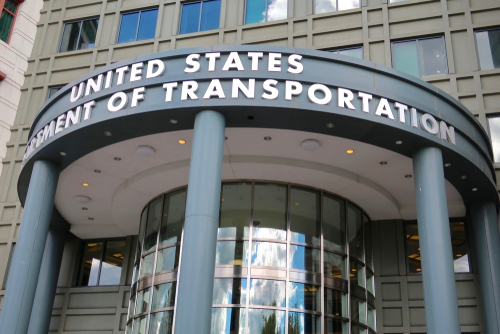
The U.S. Department of Transportation’s (DOT) Build America Bureau will offer low-cost, flexible financing for transit and Transit-oriented Development (TOD) projects at the maximum level allowable, U.S. Transportation Secretary Pete Buttigieg said Tuesday.
The new initiative “TIFIA 49” – part of the DOT’s Transportation Infrastructure Finance and Innovation Act (TIFIA) program – would authorize the borrowing of up to 49 percent of eligible project costs for projects that meet certain eligibility requirements. Previously, TIFIA loans have been capped at 33 percent of eligible project costs.
“There are countless promising transportation projects with the potential to better connect people to housing, jobs, schools, and more, but that never get off the ground because of a lack of financing,” U.S. Transportation Secretary Pete Buttigieg said. “The Department of Transportation has long offered flexible, low-cost financing to help bring some of those ideas to life, and now, with TIFIA 49, we’ll be able to support more of them than ever, and lower costs for taxpayers.”
Projects eligible to apply for the TIFIA 49 loans include transit projects that construct or improve public transportation systems; and transit-oriented development that involves coordinating the improvement of transit infrastructure and non-transit facilities.
Until now, the only projects eligible for financing up to 49 percent of the project costs were rural projects, as well as INFRA, Mega and Rural Grant “Extra” projects – highly-rated projects not granted discretionary funds due to limited resources.
“With its significant lending capacity, USDOT can play an integral role in supporting projects that make our transportation system more accessible, resilient and sustainable,” Build America Bureau Executive Director Morteza Farajian said. “The Bureau team is ready to partner with project sponsors on effective and efficient concepts, provide technical assistance on innovative approaches, and support them through the loan approval process.”